It would be hard to imagine a world without the convenience of running water. Modern plumbing is in many ways the cornerstone of our 21st-century lifestyle, and as such is critical for allowing us to live long and healthy lives. It is, therefore, no surprise that good plumbing maintenance is essential for any conscientious homeowner. A well-maintained plumbing system can give you decades of trouble-free operation, but poor plumbing maintenance can quickly lead to disaster.
Happily, our world of convenience is also filled with plenty of plumbing repair professionals that specialize in all manner of plumbing issues. But while a professional plumber is an essential ingredient in good plumbing maintenance, there are also plenty of things you as a homeowner can do to help keep your plumbing in good shape. At the end of the day, simple DIY tasks along with regular professional inspections are all that’s needed to keep your home’s plumbing in good shape.
Weekly Maintenance Checklist
Small weekly checks are a great method for leaking detection and can help you to catch a problem before it morphs into a big expensive headache.
Leaking Detection
If there is a leak in your home’s plumbing, there will be some warning signs to look out for. Keep a weather eye out for signs of moisture under sinks. This can come in the form of small puddles of standing water, water staining, a musty smell, and the appearance of mold. Even a small leak should be located and dealt with swiftly, as leaks can cause big damage to your home in the form of wood rot, mold, and corrosion. A small leak left unchecked can lead to big repair bills further down the road.
Leaks are also very wasteful, and a small leak can lose you thirty-four gallons of water per year, so be sure that any leak you find is nipped in the bud. Water can also leak out of a faucet itself, gradually dripping even when the valve is closed. Some faucets may also suffer from water that leaks through the handle or valve. Either way, it’s important to call a plumber to perform a faucet repair if you detect this kind of leak.
Some leaks can be so slow that they are almost impossible to notice. To find a slow leak, you’ll have to do a little experiment. To start, just take a reading of your water meter. Then, wait for at least two hours without using any water and see if the reading changes. If you find that the level has changed, you likely have a leak in your pipes.
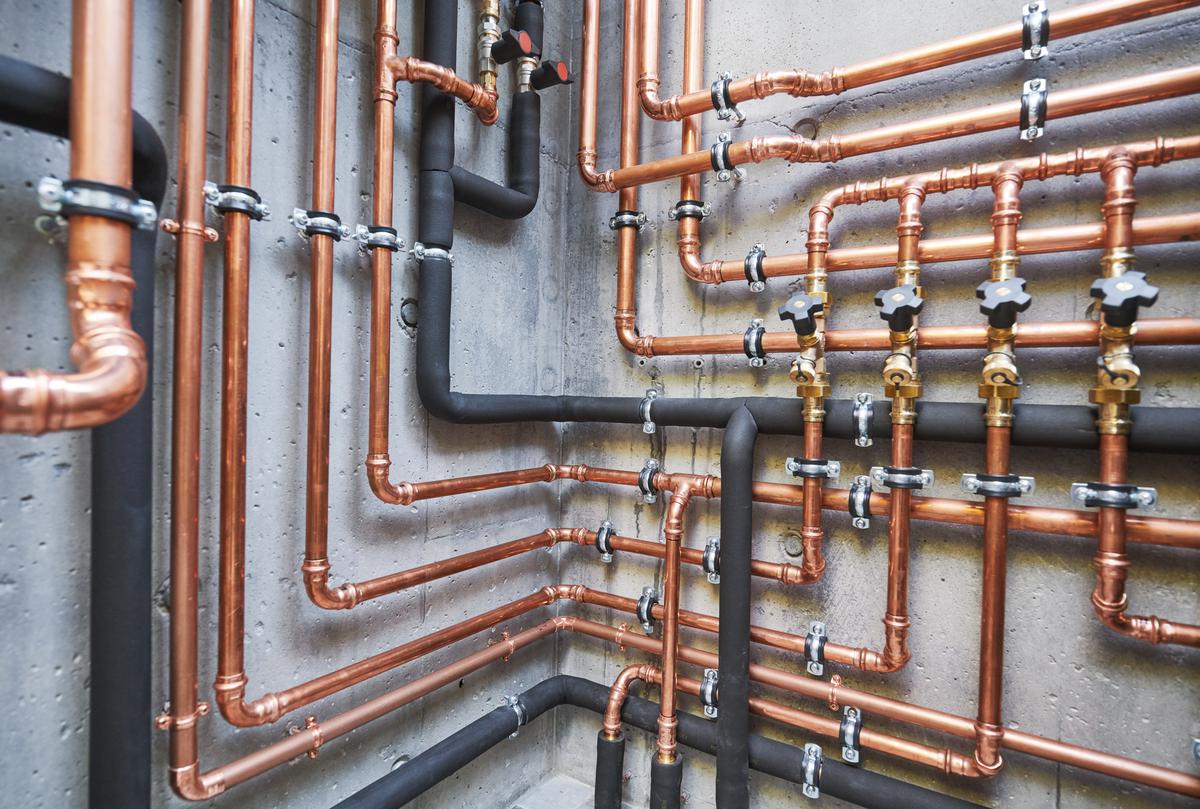
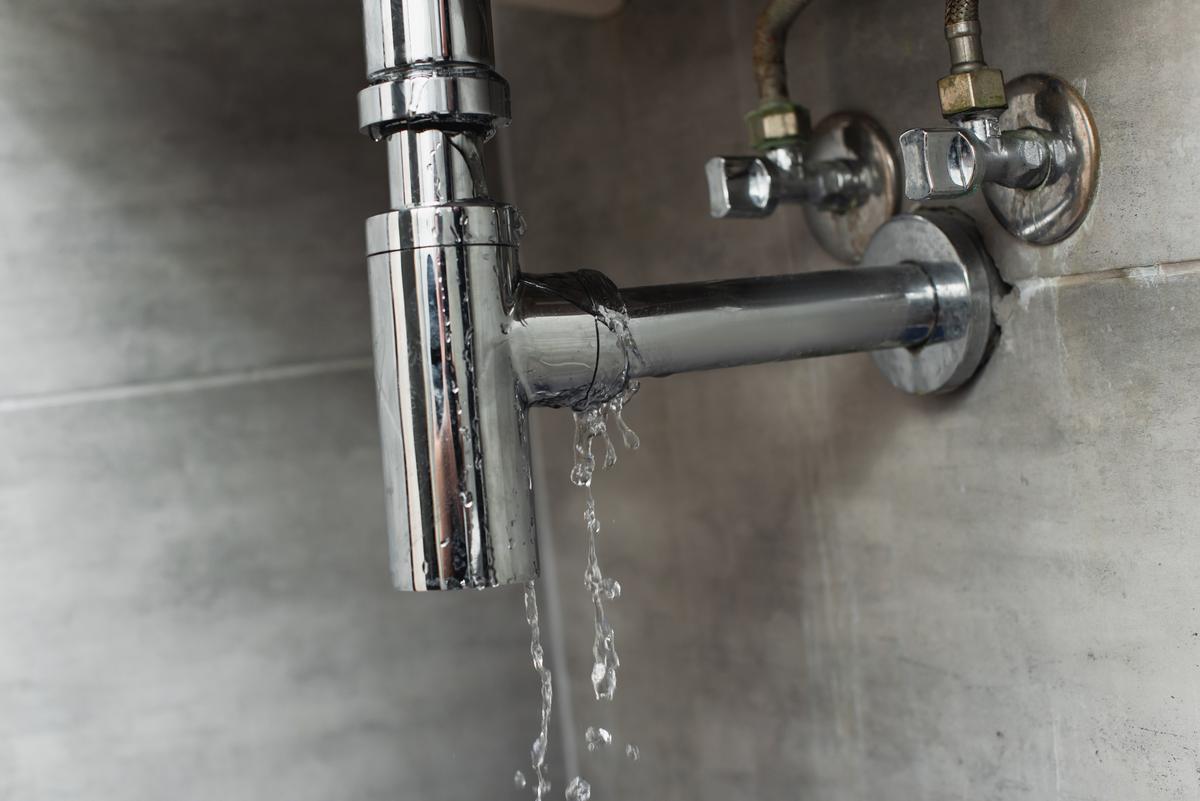
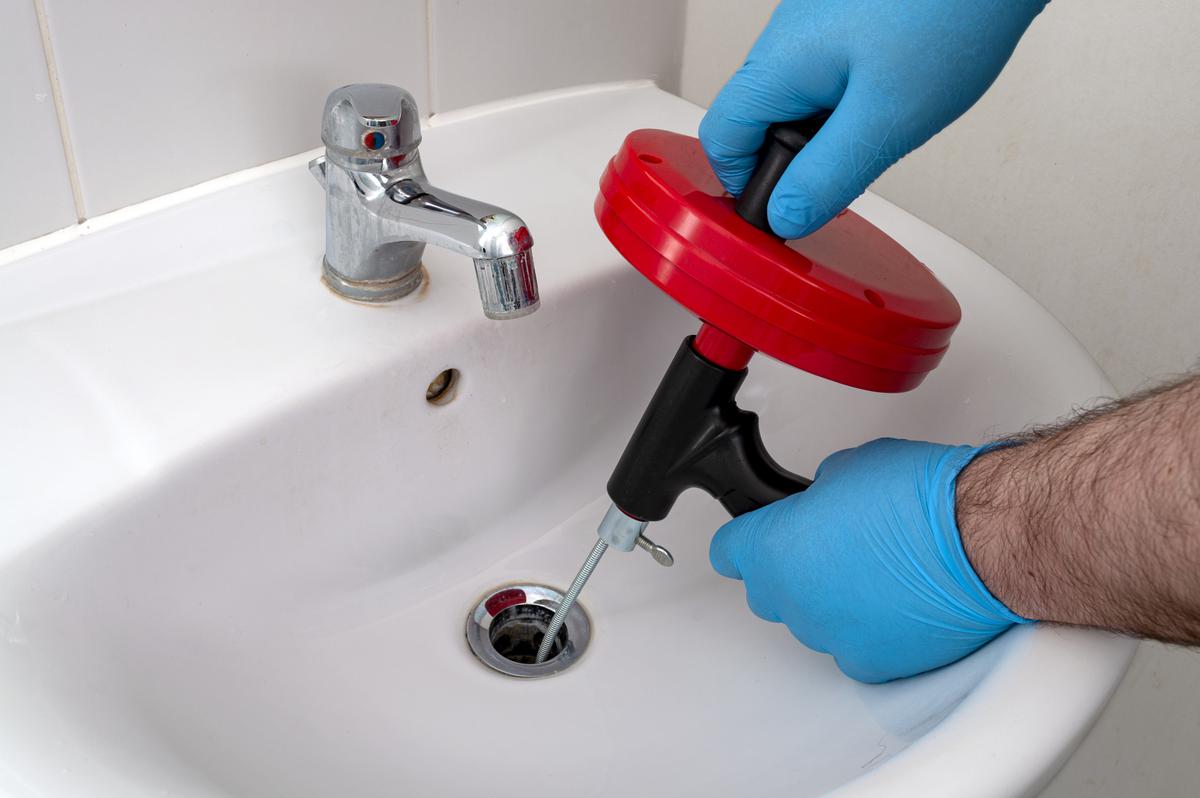
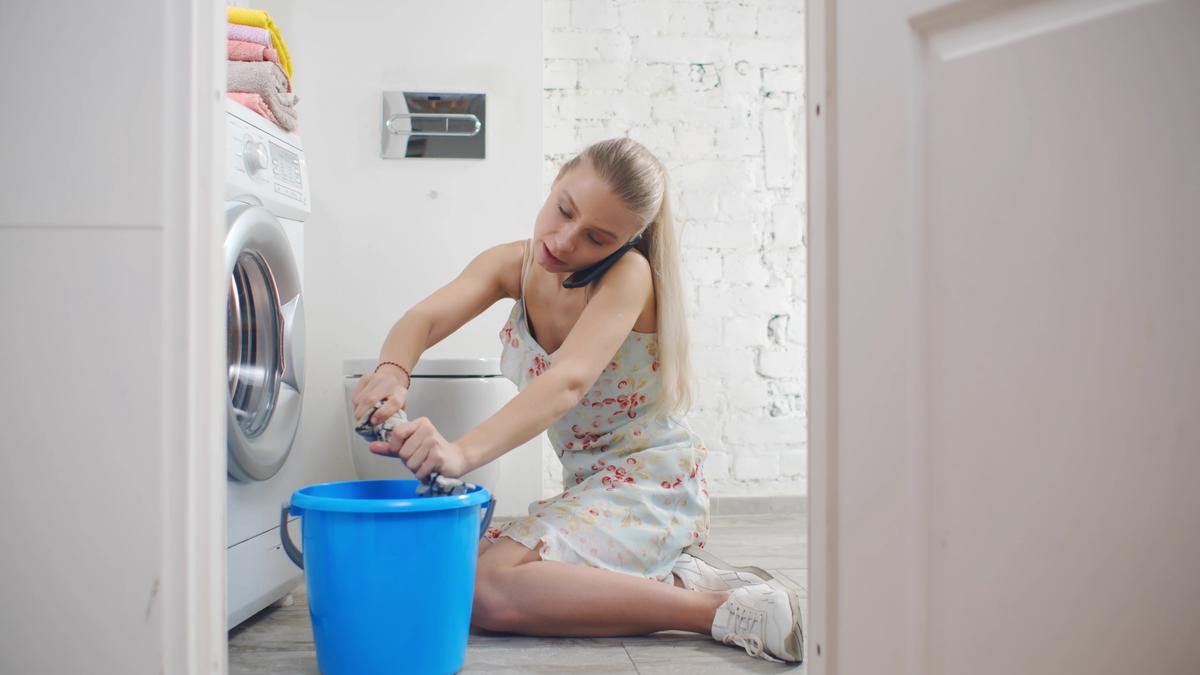

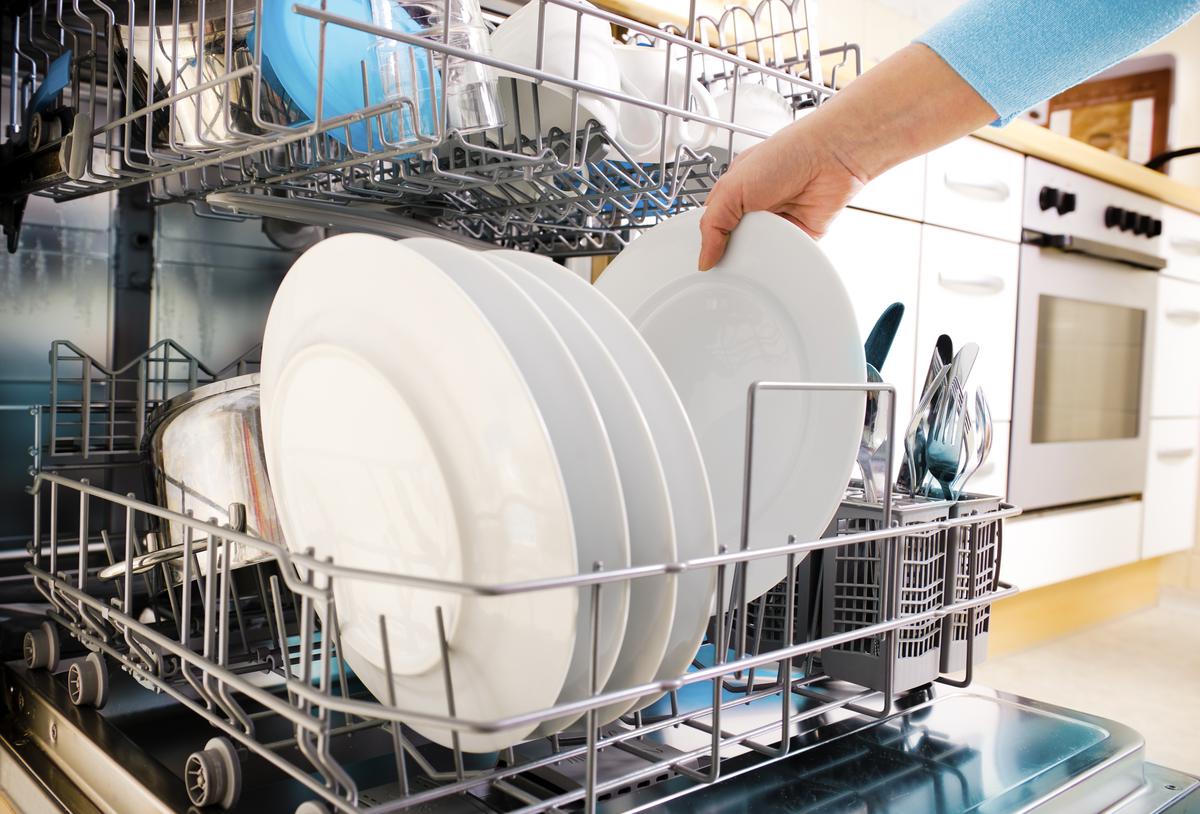
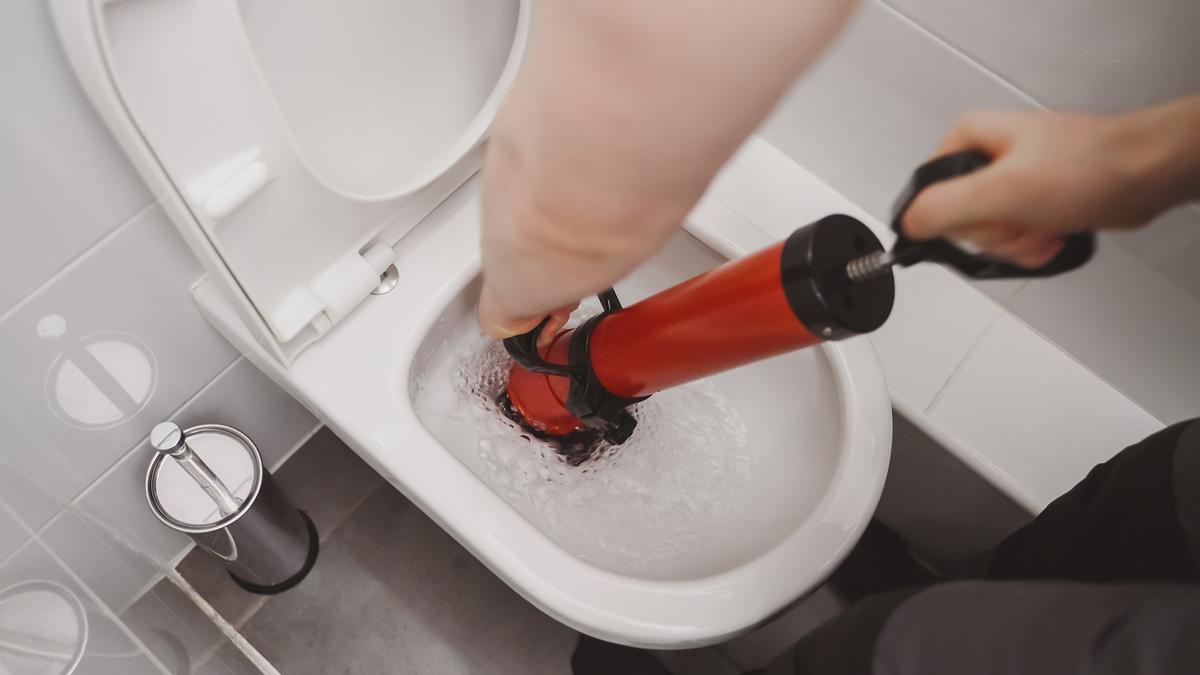
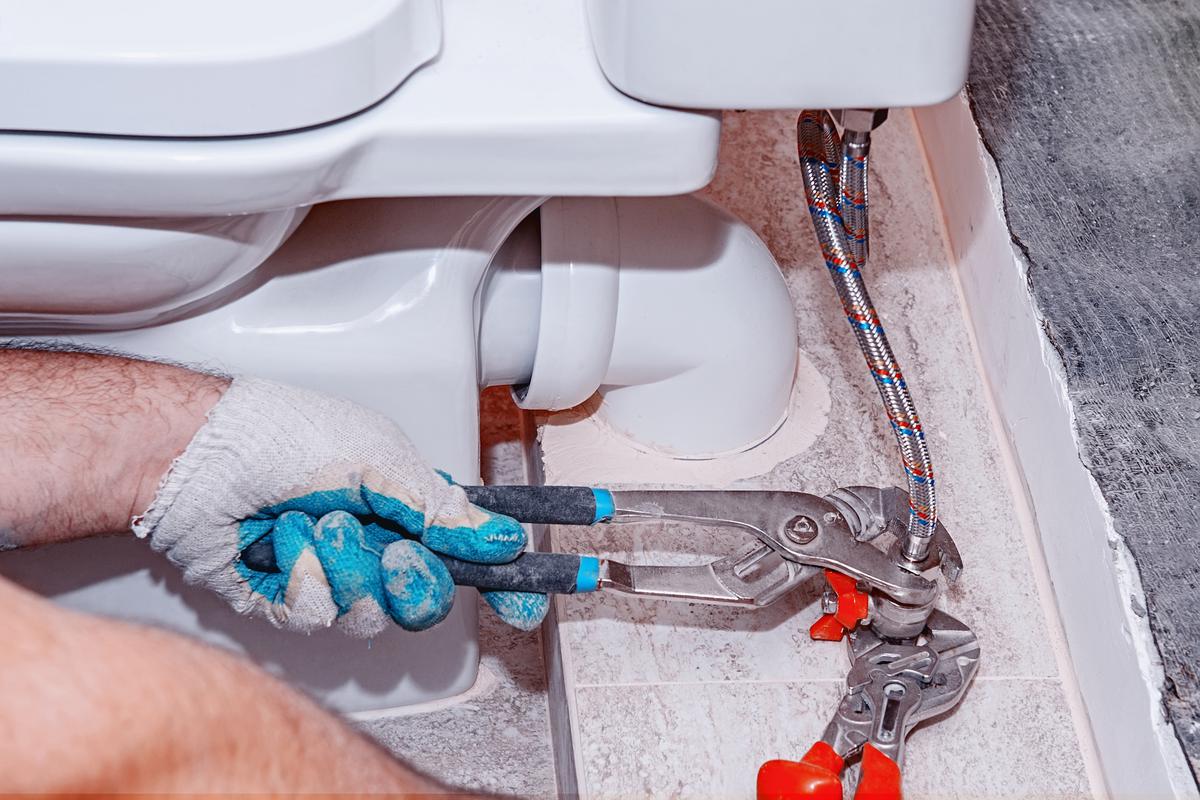
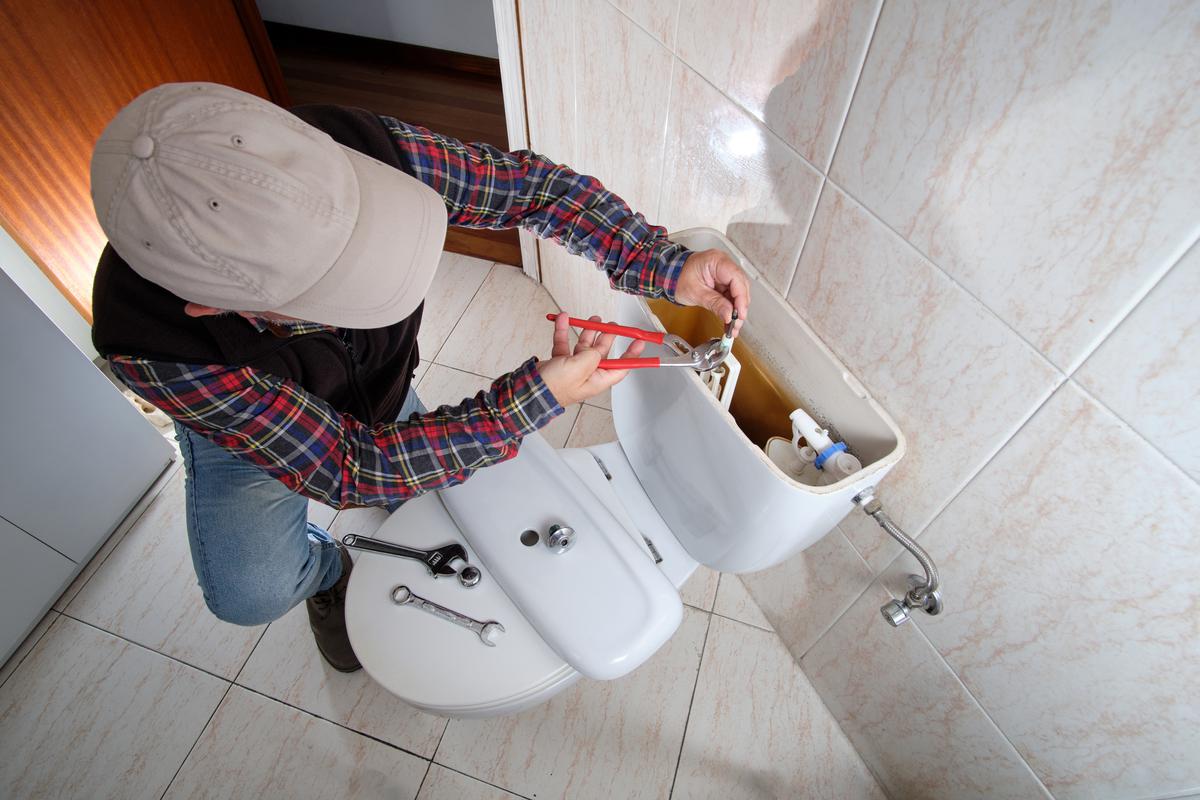
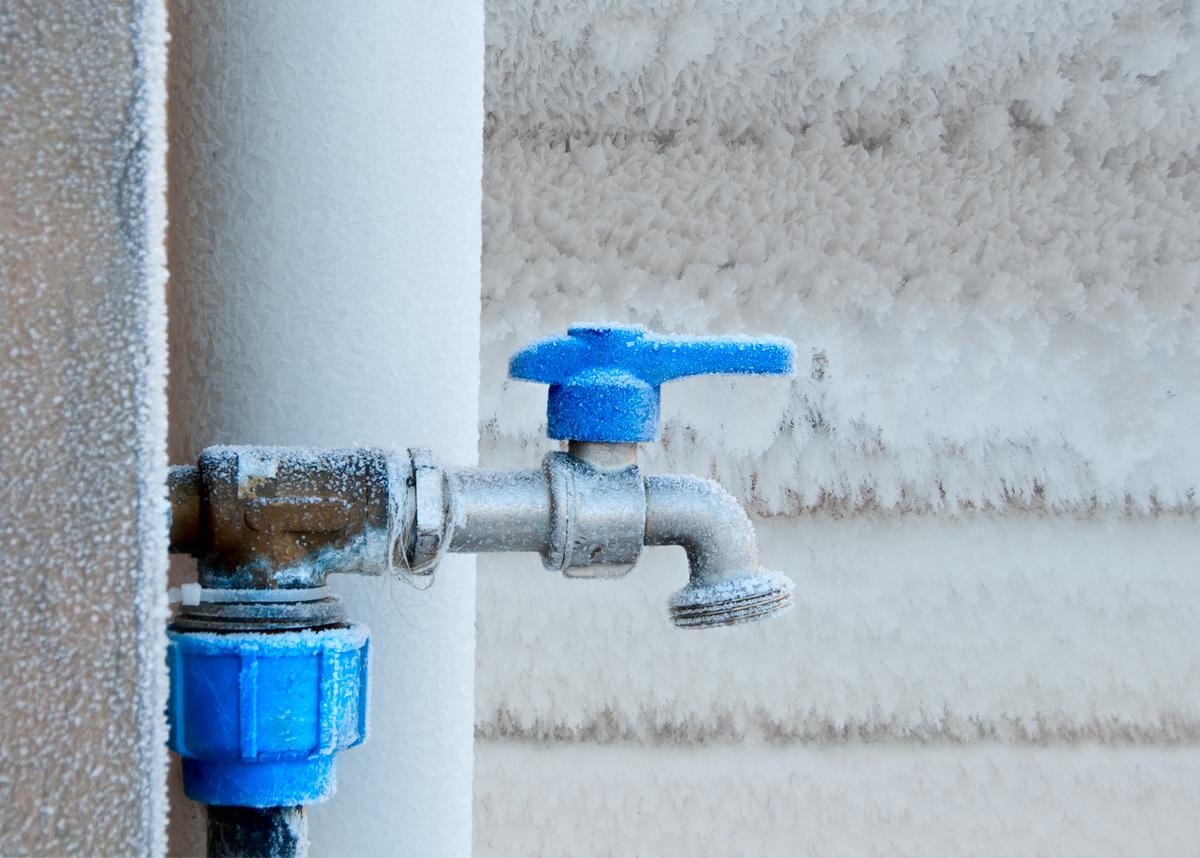
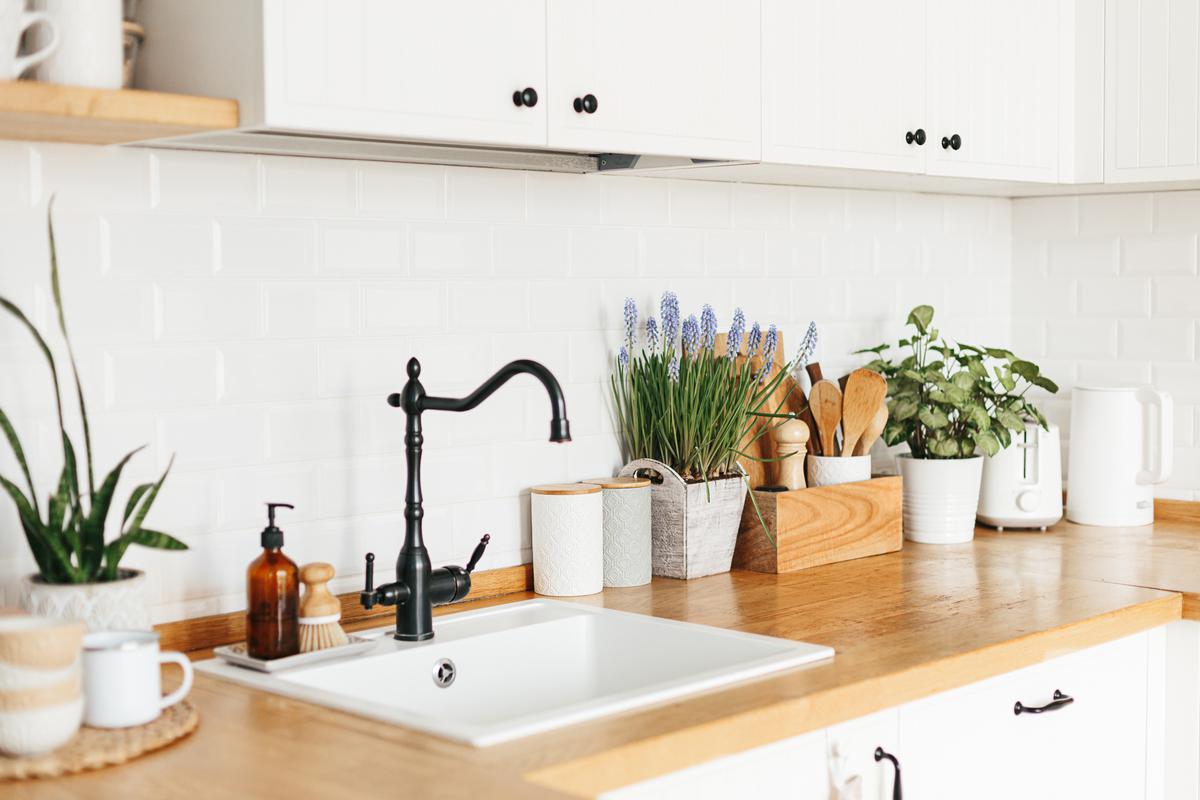
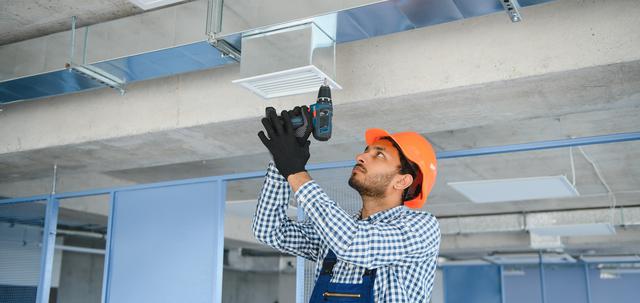
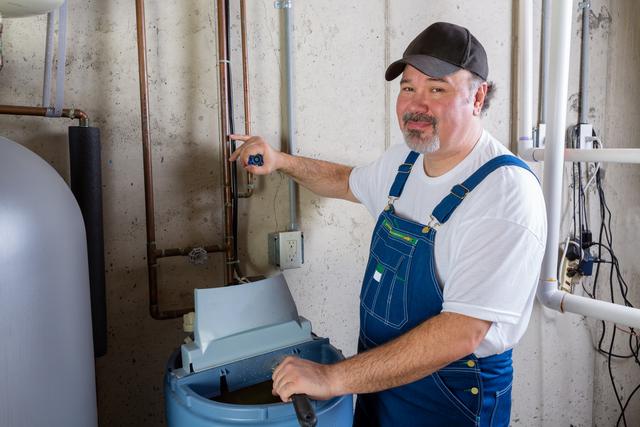
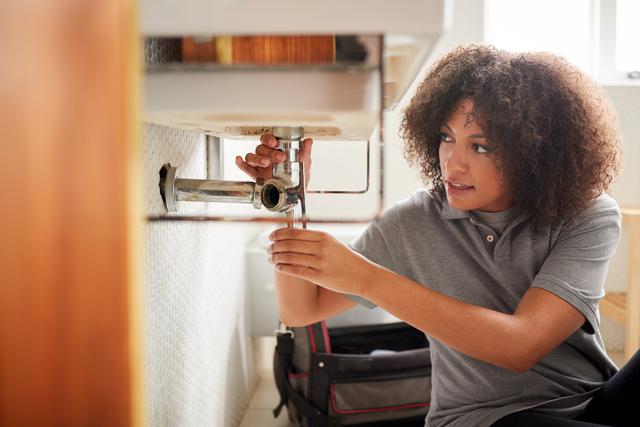
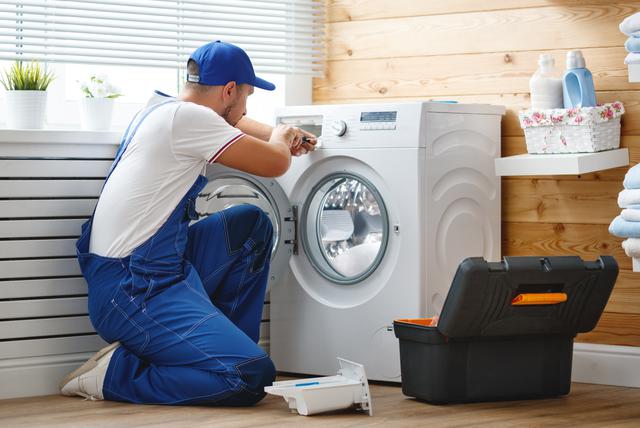
comments